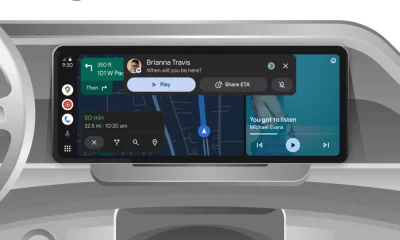Android
Android Auto expands horizons with 13.5 update and Pixel devices receive January 2025 security patch
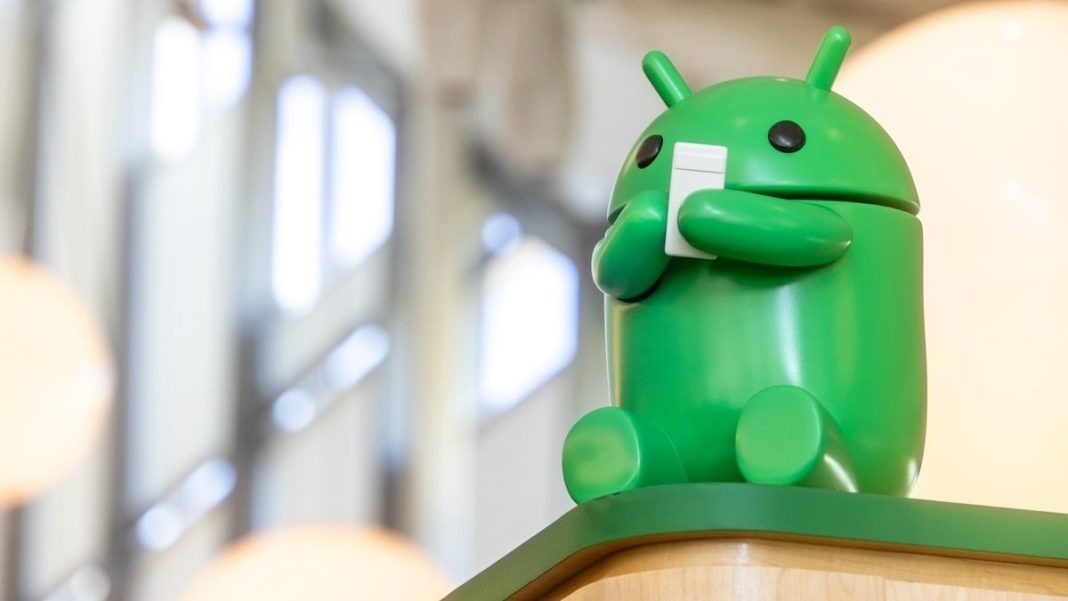
The world of in-vehicle technology is constantly evolving, and Google’s Android Auto is keeping pace with its latest beta update, version 13.5. This release marks a significant step forward in inclusivity, broadening support beyond traditional cars and addressing some long-standing oversights. Meanwhile, Google has also rolled out the January security patch for its Pixel devices, ensuring users remain protected against the latest vulnerabilities.
One of the most noticeable changes in Android Auto 13.5 is the shift in terminology from “car” to “vehicle.” This seemingly small tweak reflects a broader commitment to supporting a wider range of transportation modes. The update explicitly mentions motorcycles within its code, signaling a move to cater to riders who have been utilizing the platform for some time.
This means that phrases like “Connected cars” are now “Connected vehicles,” and the “Connect a car” button has been appropriately updated to “Connect a vehicle.” This change may seem minor, but it represents a significant shift in perspective and a more inclusive approach to in-vehicle technology. It acknowledges that the road is shared by more than just four-wheeled automobiles.
Beyond the change in wording, the update also brings some exciting developments under the hood. New icons specifically designed for motorcycles have been added, along with assets for various vehicle brands, including Geely, Leap Motor, Fiat, and Lucid Motors.
The inclusion of Lucid is particularly noteworthy, as the company previously announced that its Lucid Air model would gain Android Auto support in late 2024. While the update hasn’t officially rolled out for Lucid vehicles yet, its presence in the Android Auto 13.5 beta suggests that the final certification is imminent. This hints at a closer integration between Android Auto and the growing electric vehicle market.
This expansion beyond traditional cars is a welcome development. For years, the term “car” within the Android Auto interface felt limiting, failing to acknowledge the diverse landscape of personal transportation. By embracing the broader term “vehicle,” Google is not only improving the user experience for motorcycle riders and other non-car vehicle owners but also positioning Android Auto as a more versatile and adaptable platform for the future of mobility.
While details about other in-development features, such as “Car Media,” remain scarce, the 13.5 update clearly demonstrates Google’s ongoing investment in Android Auto. This update lays the groundwork for a more inclusive and comprehensive in-vehicle experience.
In other news, Google has also released the January security patch for its Pixel lineup. This update addresses a number of security vulnerabilities, ensuring that Pixel users remain protected from potential threats. The update is rolling out to a wide range of Pixel devices, including the Pixel 6, 6 Pro, 6a, 7, 7 Pro, 7a, Tablet, Fold, 8, 8 Pro, 8a, 9, 9 Pro, 9 Pro XL, and 9 Pro Fold.
The January security patch includes fixes for 26 security issues dated 2025-01-01 and 12 issues dated 2025-01-05. These vulnerabilities range in severity from high to critical, underscoring the importance of installing the update promptly. Google’s dedicated security bulletin for its devices also lists an additional security fix.
The update is being distributed through both factory and OTA (Over-The-Air) images. Users should receive a notification on their devices prompting them to download and install the update. The update size can vary, but on a Pixel 9 Pro, it was observed to be a substantial 93.22 MB.
Specific build numbers for various Pixel models and regions have also been released, allowing users to verify they have received the correct update.
This concurrent release of Android Auto 13.5 and the January Pixel security patch showcases Google’s commitment to both innovation and security within its ecosystem. By expanding the reach of Android Auto and prioritizing user safety with timely security updates, Google continues to enhance the overall user experience for its customers. The focus on inclusivity in the Android Auto update, along with the consistent security measures for Pixel devices, demonstrates a holistic approach to technology development.
Android
Google Pixel and Android teams face job cuts

Google has made some tough calls recently, letting go of employees working on its Pixel phones, Android system, and Fitbit devices. The layoffs, which happened earlier this week, affected a small number of staff members, including some managers. The company hasn’t shared exact details about how many people lost their jobs or which teams were hit hardest, but the changes are part of a bigger plan to work smarter and focus on key projects.
Even with these cuts, Google says it’s still committed to building great Pixel phones and improving Android. The company believes these changes will help its teams work better together and create products that users love. Some of the employees who were let go might get a chance to apply for other roles within Google, but it’s not guaranteed that everyone will stay.
This isn’t the first time Google has trimmed its workforce. Last year, it cut jobs in other areas, like its Waze mapping app, as part of efforts to save money and streamline operations. Despite the layoffs, Google insists its plans for Pixel, Android, and Fitbit remain strong. The company is pushing forward with new ideas and products to compete in the crowded tech world.
The news has raised questions about what’s next for Google’s hardware and software teams. Fans of Pixel phones and Android are hopeful the changes won’t slow down the company’s progress. For now, Google is staying focused on delivering updates and new devices while navigating these internal shifts. Only time will tell how these changes shape the future of its products.
Android
Android 15 April update brings better features to Pixel phones

Google has released the April update for Android 15, bringing some handy improvements for Pixel phone users. This update focuses on making your phone more reliable and easier to use, with fixes and new features that enhance your daily experience.
One big change is better satellite support. Now, Pixel phones can connect to satellites more smoothly, which is great for staying in touch in areas with no cell service. The update also improves how apps work, fixing crashes and making them run faster. For example, apps that use GPS will now track your location more accurately, which is perfect for navigation or fitness apps.
Security gets a boost too. The update patches up some weak spots, keeping your phone safer from bugs or threats. Plus, if you use Wi-Fi, you’ll notice faster and more stable connections, especially when switching between networks. This means smoother video calls or quicker downloads.
For Pixel owners, the update also tweaks the camera and battery performance. Photos come out sharper, even in low light, and your battery should last a bit longer thanks to smarter power management. These small changes add up to a better overall experience.
The April update is rolling out now to Pixel devices running Android 15. If you haven’t gotten it yet, check your phone’s settings to download it manually. Google says more updates are coming soon to keep Pixel phones running at their best.
This release shows Google’s commitment to making Pixel phones more dependable and user-friendly. Whether you’re snapping photos or browsing the web, these changes make your phone work better for you.
Android
Smart Glasses could soon work with Android Auto
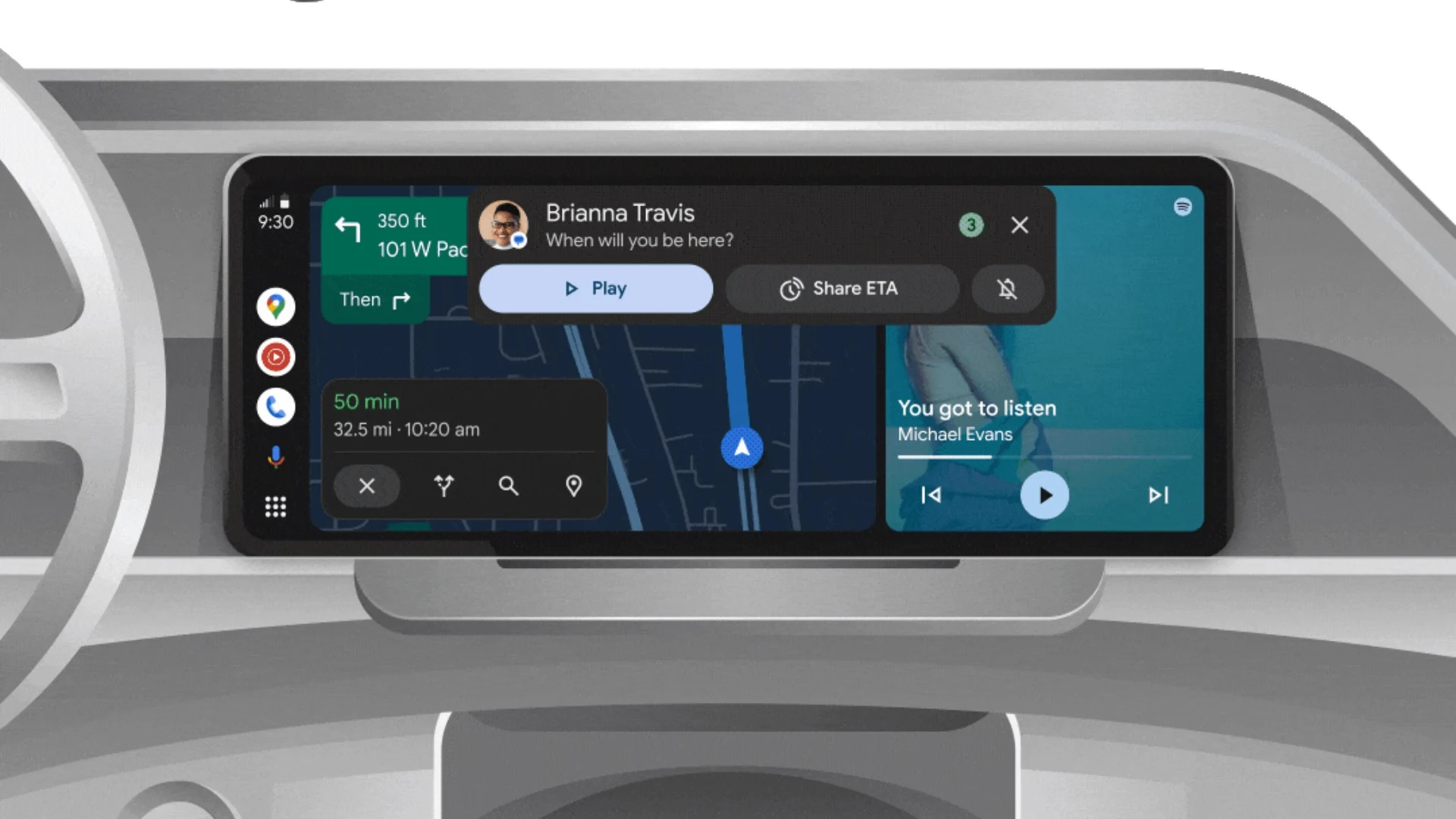
Imagine driving while getting directions or notifications right in front of your eyes through smart glasses. A recent discovery in the Android Auto app (version 12.5) hints that this might happen soon. Developers found clues in the app’s code showing that Google could be planning to connect Android Auto with smart glasses, making your drive smoother and safer.
Right now, Android Auto works by showing info like maps or music controls on your car’s screen or phone. But with smart glasses, that info could appear directly in your view, so you don’t have to look away from the road. The code mentions “Project Starline,” a Google idea that uses fancy tech to blend digital stuff with the real world. This suggests the glasses might overlay directions or alerts right onto what you see outside.
There’s no official word yet on when or if this will launch. The code is just a sneak peek, and Google might still be testing things out. Plus, it’s unclear which smart glasses would work with this—maybe Google’s own, or ones from other brands. Still, the idea is exciting: hands-free driving info that keeps your eyes where they belong—on the road.
This isn’t Google’s first try at smart glasses. Years ago, they launched Google Glass, but it didn’t catch on for everyday use. Now, with better tech and Android Auto’s popularity, this could be a fresh start. Picture getting a call or seeing your next turn pop up in your glasses while you drive. It’s a cool mix of sci-fi and real life, and it might not be far away. For now, we’ll have to wait and see if Google turns this hint into something real.
-
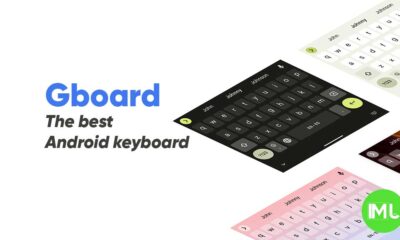
 Apps1 year ago
Apps1 year agoGboard Proofread feature will support selected text
-
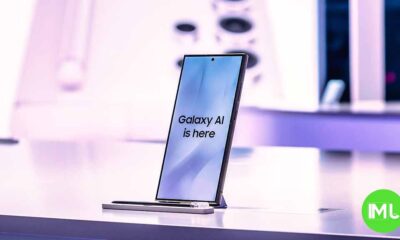
 News1 year ago
News1 year agoSamsung USA crafting One UI 6.1.1
-

 News1 year ago
News1 year agoBreaking: Samsung Galaxy S22 may get Galaxy AI features
-
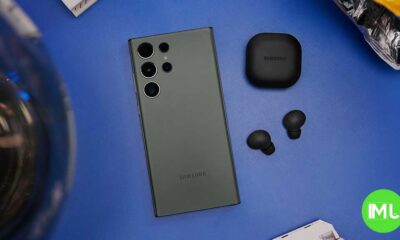
 News1 year ago
News1 year agoSamsung Galaxy S23 Ultra with One UI 6.1 and all S24 AI features revealed
-

 News1 year ago
News1 year agoOne UI 6.1 Auracast (Bluetooth LE Audio) feature coming to many Samsung phones
-

 News1 year ago
News1 year agoSatellite SOS feature coming to Google Pixel phones, evidence leaked
-
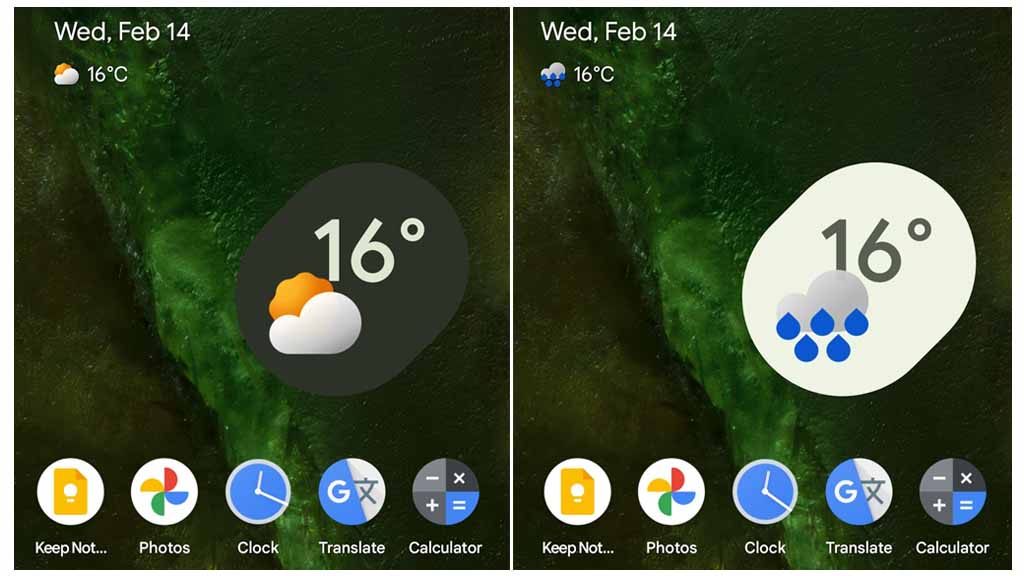
 Apps11 months ago
Apps11 months agoGoogle’s fancy new Weather app is finally available for more Android phones
-
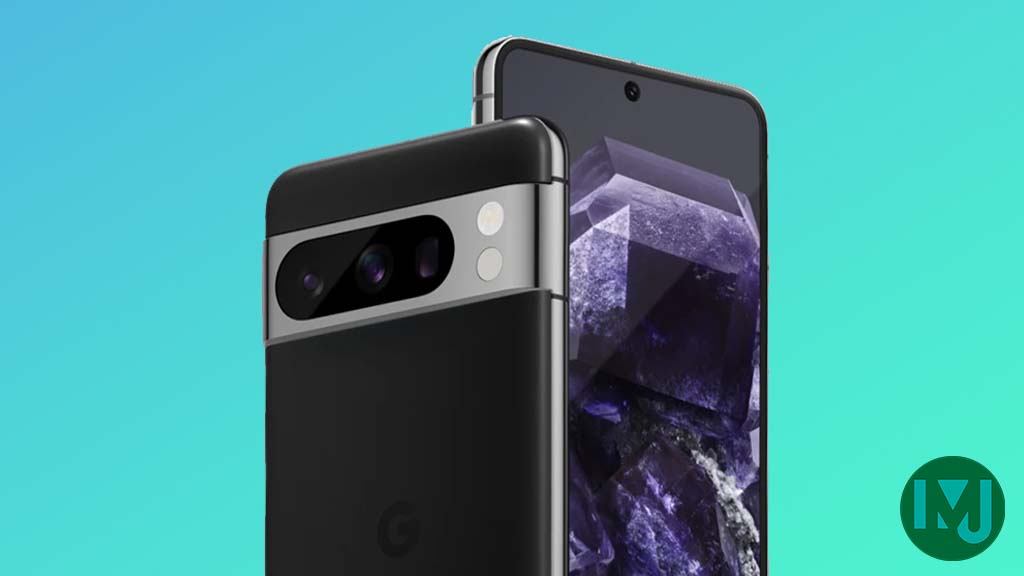
 News1 year ago
News1 year agoGoogle Pixel evolves as Europe’s third best selling flagship





